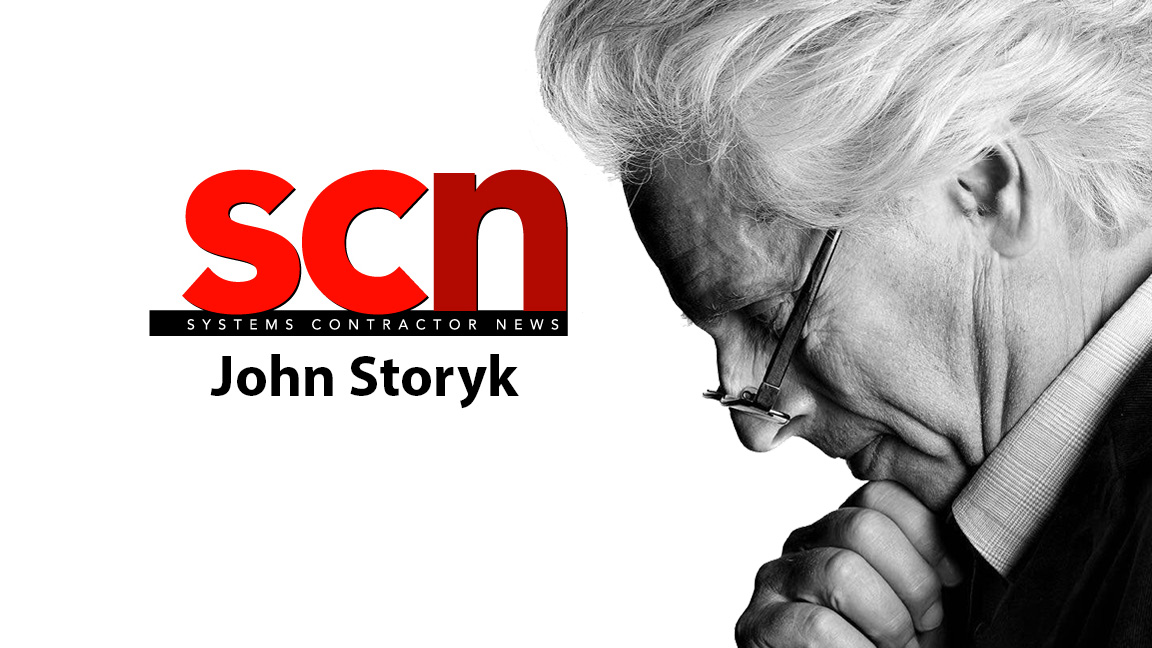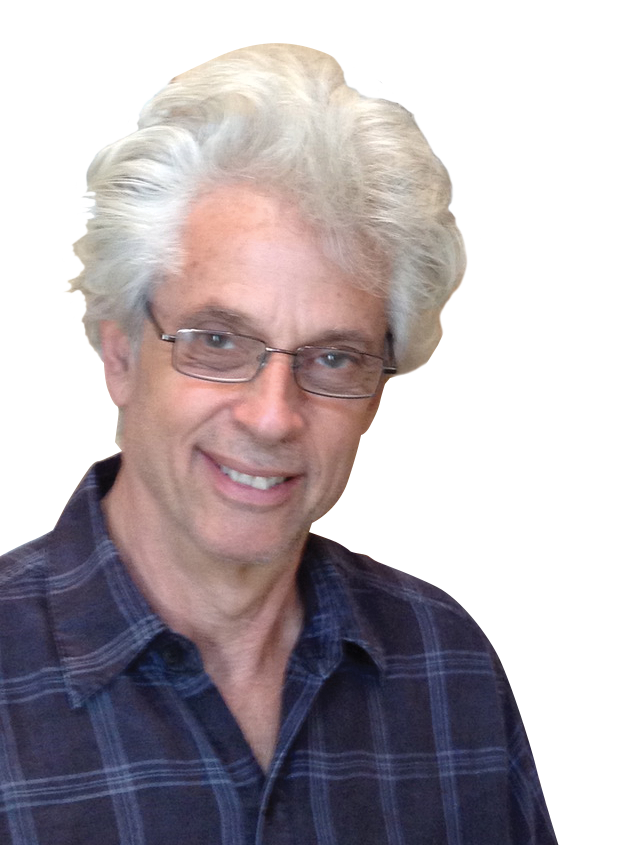Blueprint for Success: The Creative Lens
Do You See Complex Projects as Problems or Opportunities?

After 52 years of studio design work (and still working by the way), I was pleasantly surprised when SCN invited me to try my hand as a columnist. Admittedly I’m still feeling my way around this editorial terrain, so this maiden venture will be more of a statement of intent than a full-blown column. Hopefully my positive life experience with accepting challenges in the past will hold true and result in interesting reading for you and a sense of accomplishment for me.
I believe many of you (the lucky ones) get my meaning when I say I have never really worked a day in my life (full disclosure—on my most recent birthday I turned 75). I can safely say this because each day has presented at least one unanticipated creative challenge. A moment to be artistic; a problem to be solved; a sketch to be drawn, thrown away, and redrawn; an idea from out of left field to be shared with a colleague. That’s not work, it’s fun! It’s also my definition of the “Creative Lens.”
Completed projects remain ongoing sources of pride, but as a service provider you are always focusing your skills on serving your clients’ needs.
That challenging perspective allows me to forget politics, money, and even the ultimate end result (i.e., client satisfaction) at times, but also enables me to simply dream and create. I am certain that many of you have had this experience from time to time, and I submit that the more often that you have these moments the richer and happier you are going to be.
The Client Quotient
Please don’t misinterpret my intent here. I’ve spent my entire professional life providing design and engineering services for clients. This process has taken me on an amazing journey.
While meeting and working with incredible music, corporate, and private industry icons, I have had the good fortune to become friends with a number of these successful artists and innovators. And many have returned for both updated and brand-new facility designs.
[Leadership Lessons from Ted Lasso]
Completed projects remain ongoing sources of pride, but as a service provider you are always focusing your skills on serving your clients’ needs. That includes the obligation to provide and meet timelines, budgets, and all the obvious and subtle details required to create magic in the real world of architecture, audio, and acoustics—the “Three As” as I refer to them (more on that in future columns).
A daily selection of the top stories for AV integrators, resellers and consultants. Sign up below.
Remember, your commitment to your client includes an assurance to your partners and team members. Your support team is a crucial element to your firm’s success and longevity.
Some projects are more problematic than others, but no matter how dark or complex these problems appear, they must be converted to opportunities. I’ve always admired the Wright Brothers—not because they were the first to fly (actually, they weren’t first), but for the creative “Eureka!” moment when they rejected two years of work based on best-known wing-lift tables and created their own crude wind tunnel to solve that critical piece of information.
[Viewpoint: Supporting Women, Diversity Councils Protect the Future of AV Industry]
I’ve spent my life trying to meld three of my favorite paths—music, architecture, and technology. Studio design has proved itself to be my perfect nexus for those creative passions.
Except for Italian cooking, opera, and spending time with my family, nothing gives me more pleasure than sketching, tossing those sketches, and resketching. Recently, a gratifying “Eureka!” moment arrived with the not inconsiderable help of some special industry friends. Exasperated by the enduring complexities of creating high-level acoustically accurate listening /mixing environments for small, poorly structured rooms, our team set out to develop a predictive analysis software tool to tackle the problem.
Revolutionary Resolutions
For many years, our WSDG design team had been using established protocols for low frequency analysis (LFA) that worked, but recent measurements and observations brought us the conclusion that we could do better. Ongoing conversations with my colleague, Dr. Peter D’ Antonio, founder of RPG, were the catalyst for a deep dive into software development. A really deep dive.
[Digital Signage: The Future Is Bright]
Working along with another friend, PK Pandey, a renowned recording studio owner and pro audio industry “gear guru,” led to our formation of REDI Acoustics, an independent R&D firm. Three years (along with considerable investment) later, we had assembled an international team of acoustic experts and software designers for a collaboration that led us to create NIRO, an innovative, predictive/iterative acoustic analysis tool for small rooms. Problem solved.
At last, a tool to combine and support the Three As, and the process was fun and creative. Today, little more than a year since its introduction, NIRO has been successfully employed in optimizing room acoustics for nearly 100 large and small recording and mixing studios throughout Latin America, France, Switzerland, Germany, and the United States.
Creativity is the ultimate lens of life—and problems and challenges are the most powerful fuels for driving creativity.
Since graduating from Princeton in 1968 and forming Walters-Storyk Design Group (WSDG) in 1986, co-founding partner John Storyk and WSDG have designed nearly 4,000 recording studios, performance venues, educational, and broadcast facilities around the world. Contact him at john.storyk@wsdg.com.

